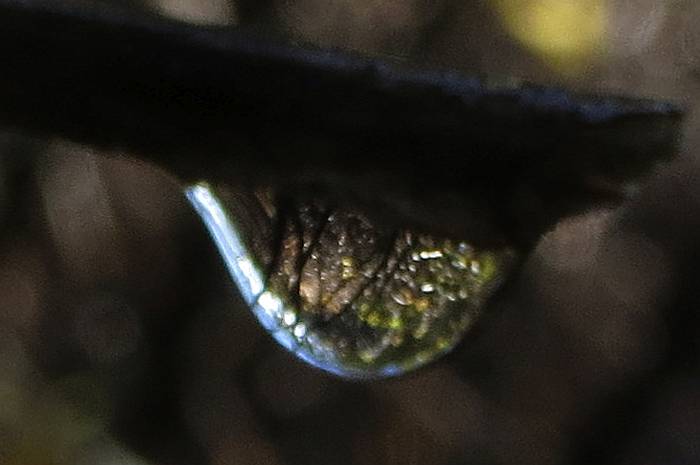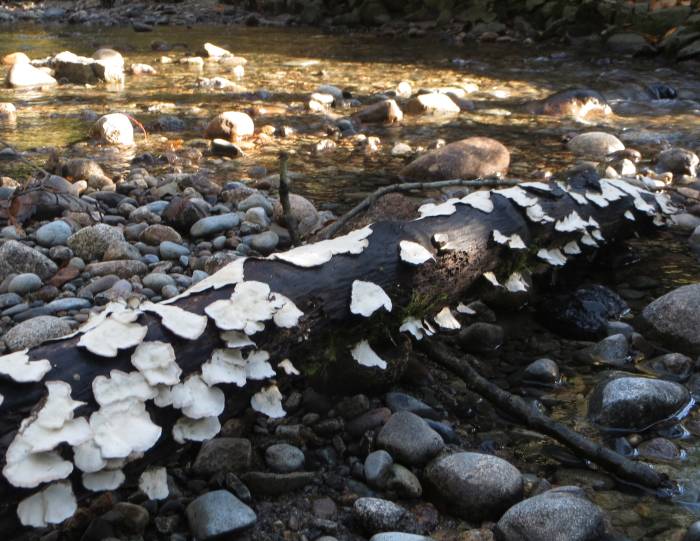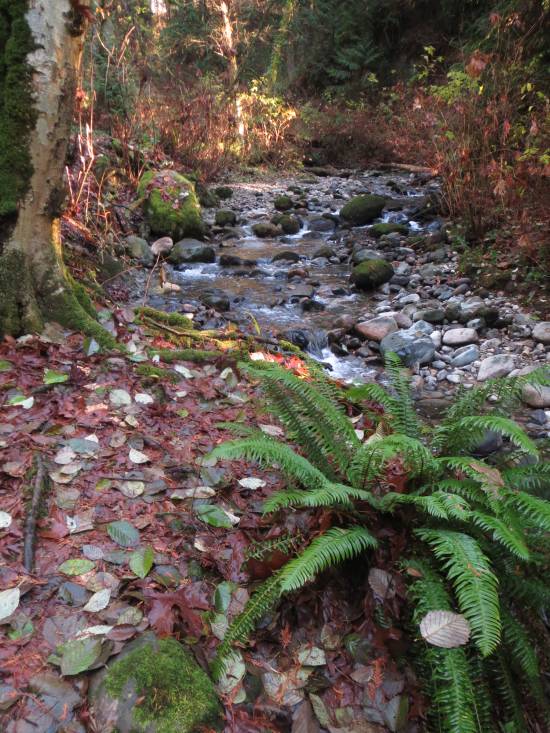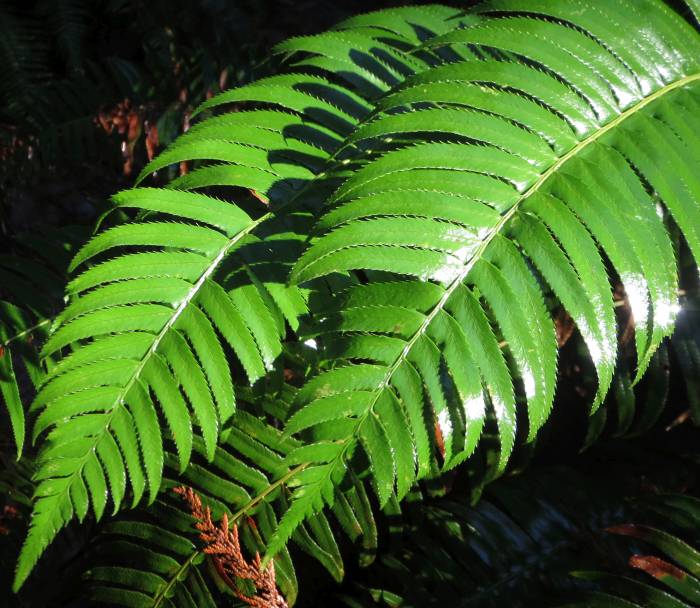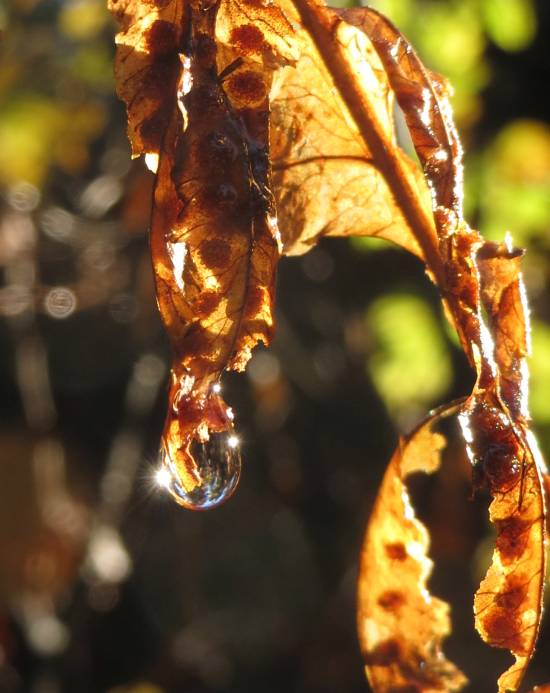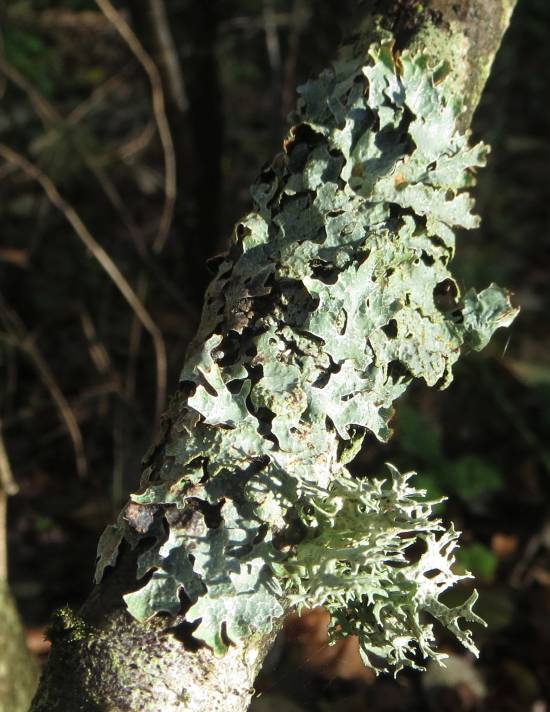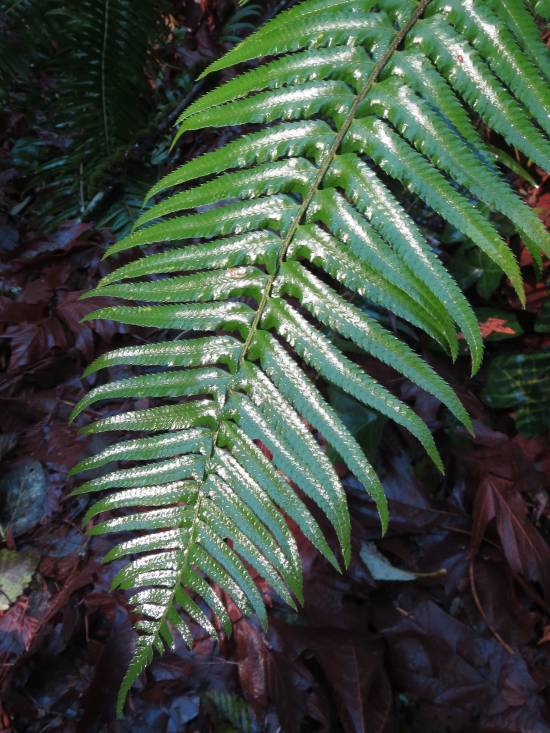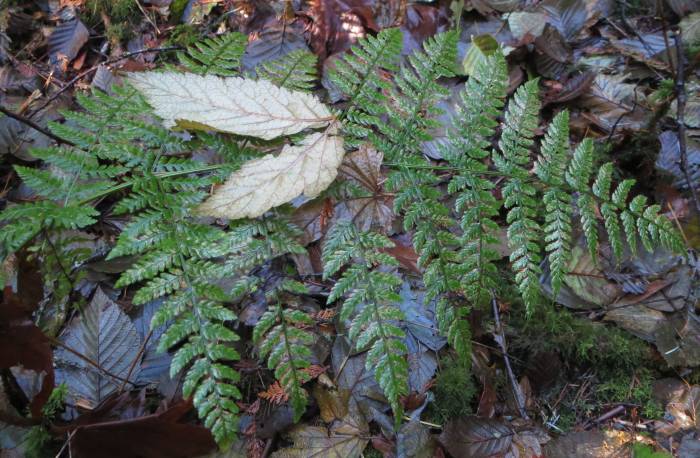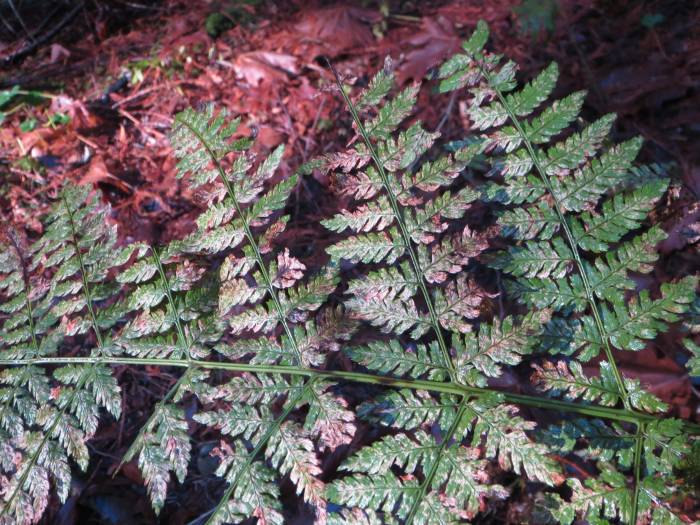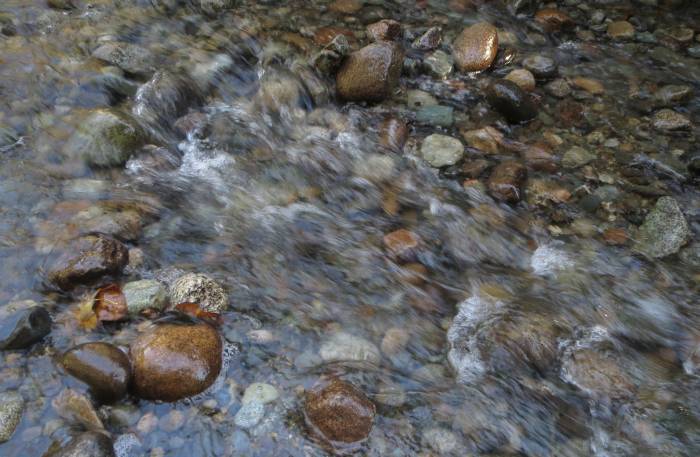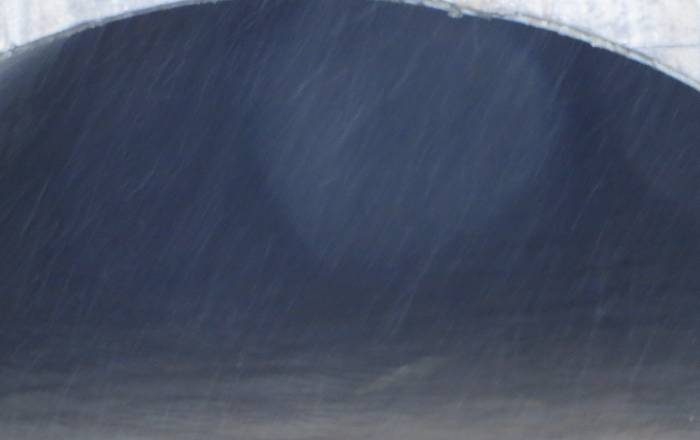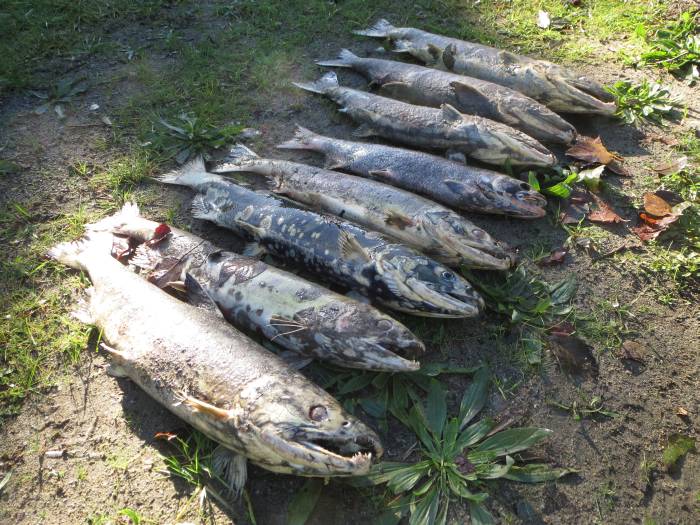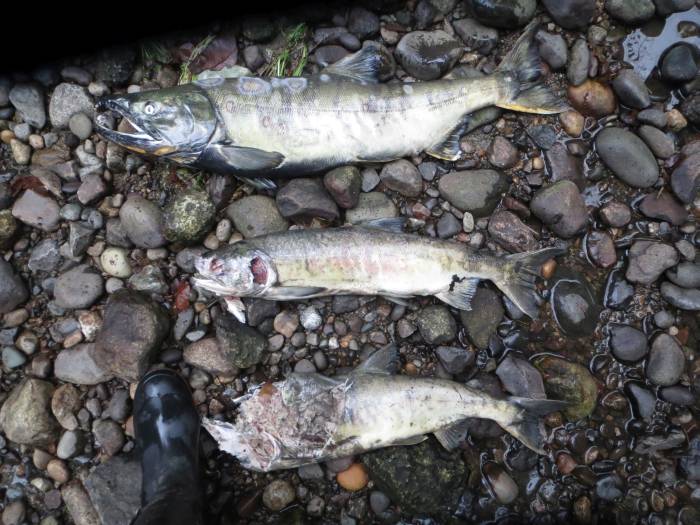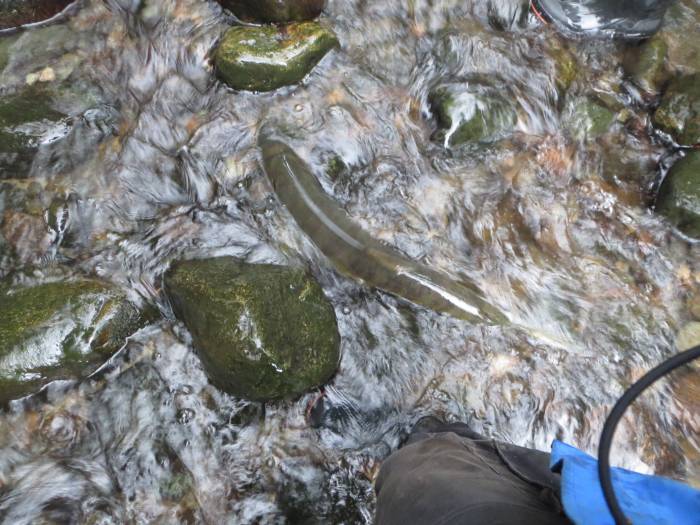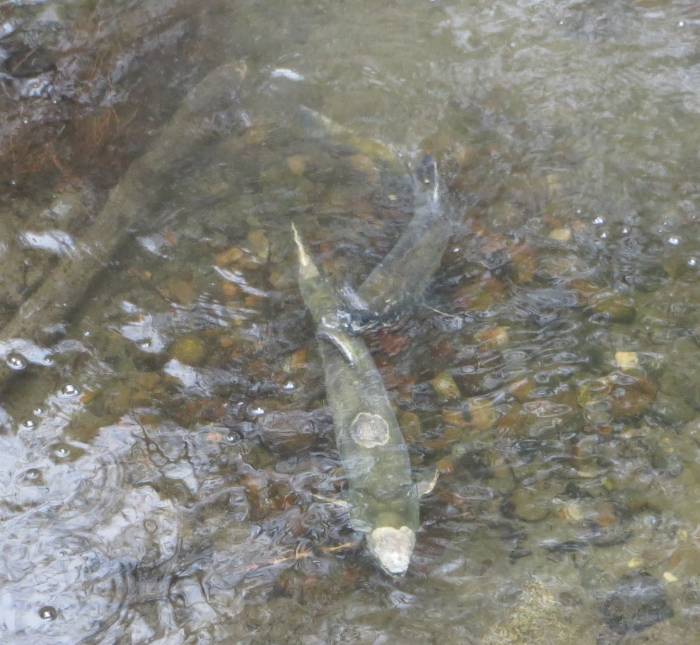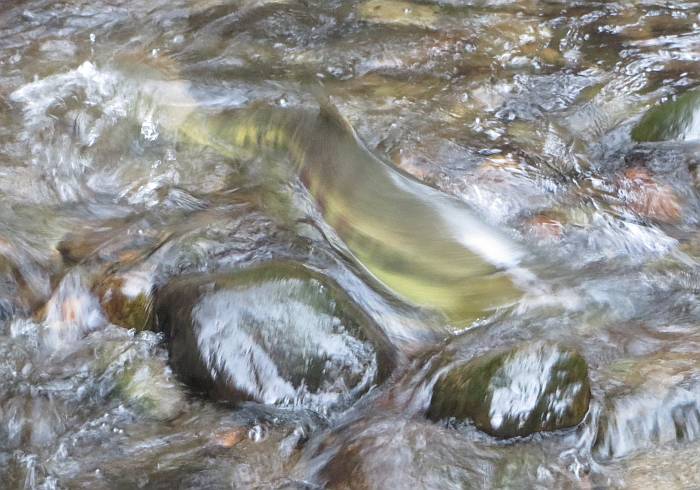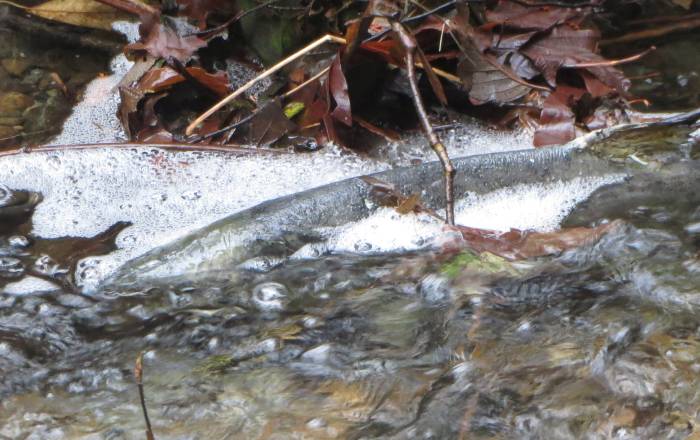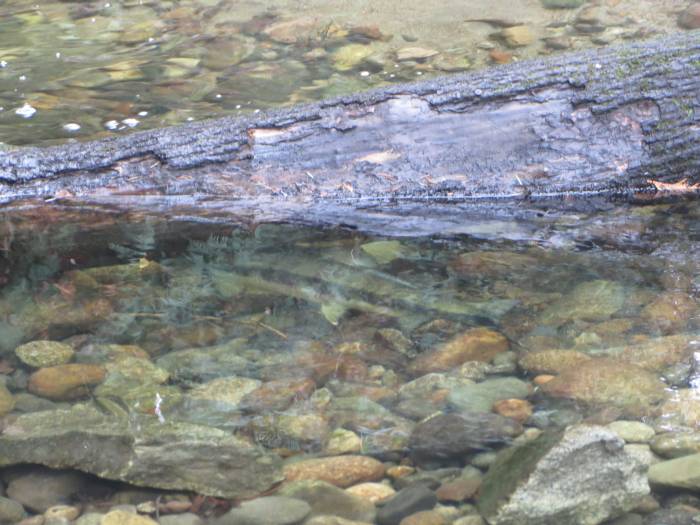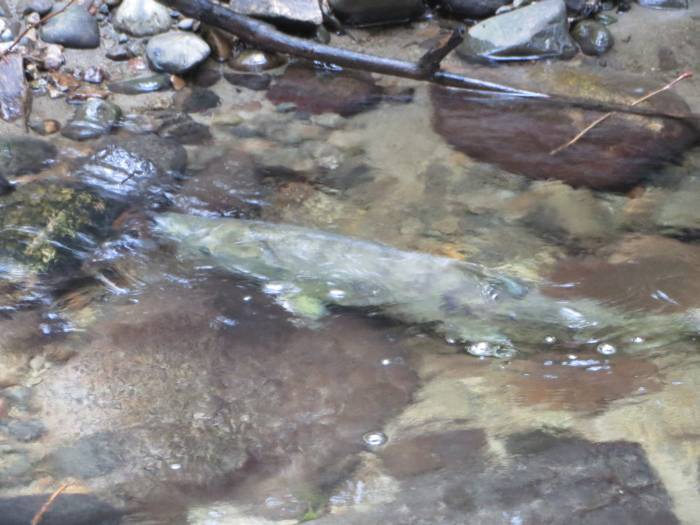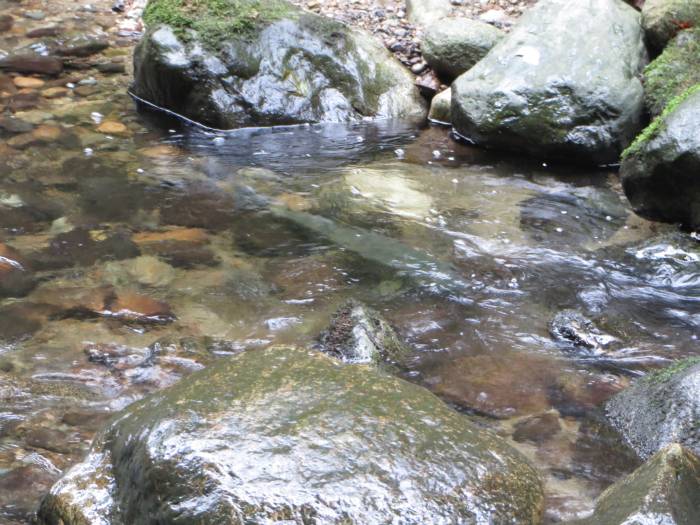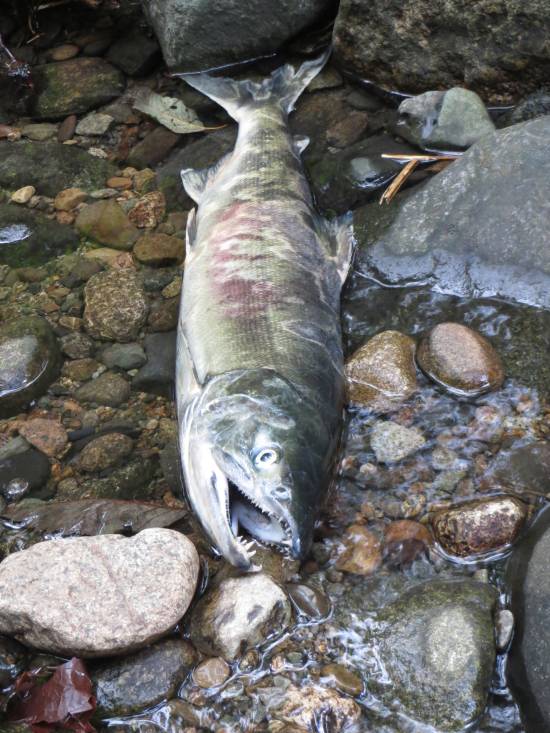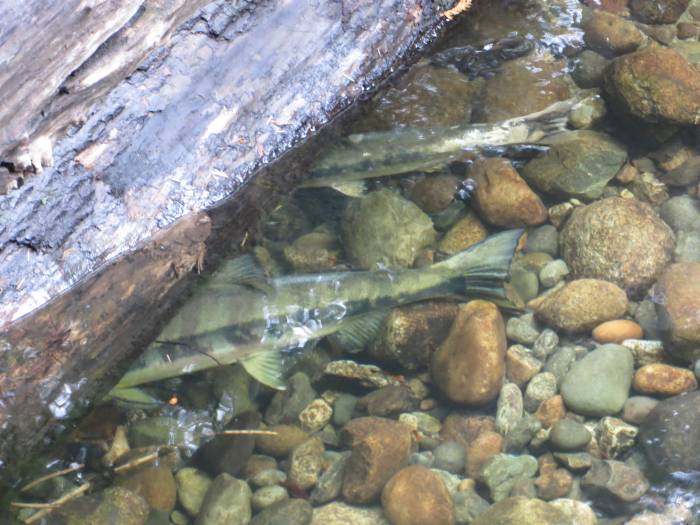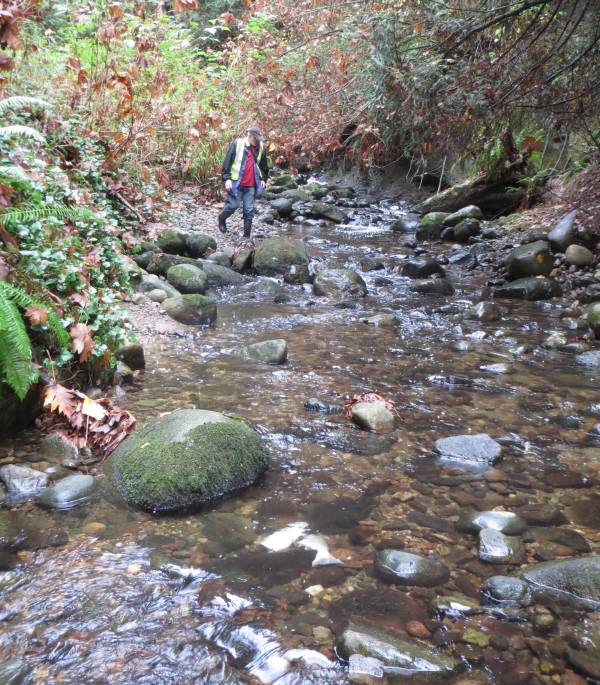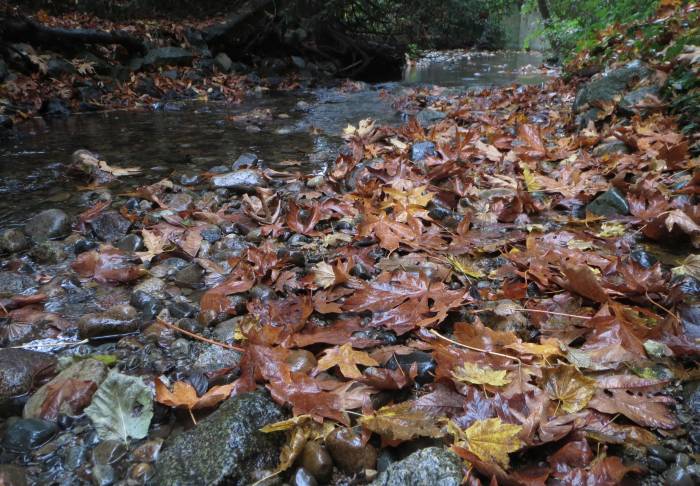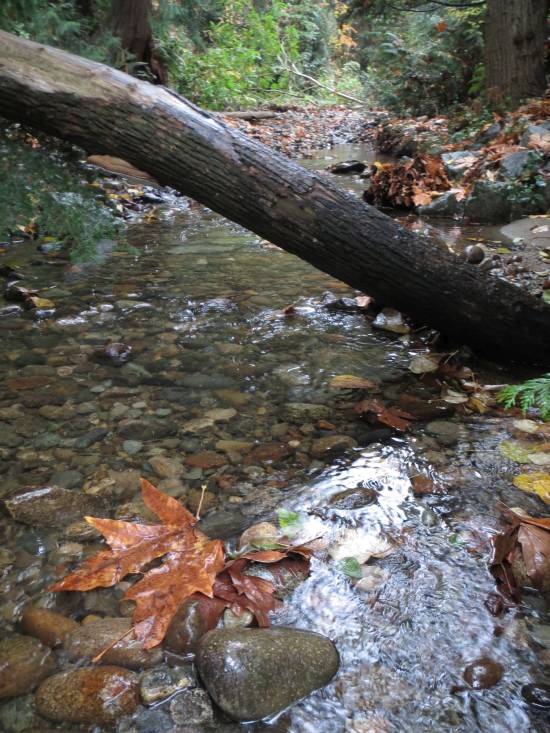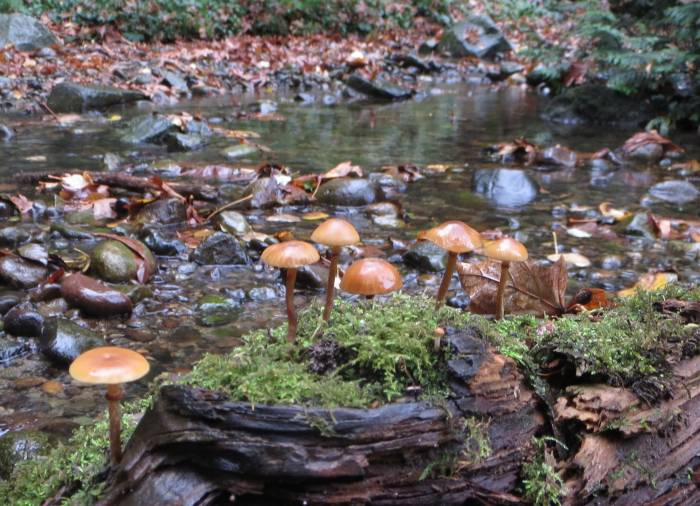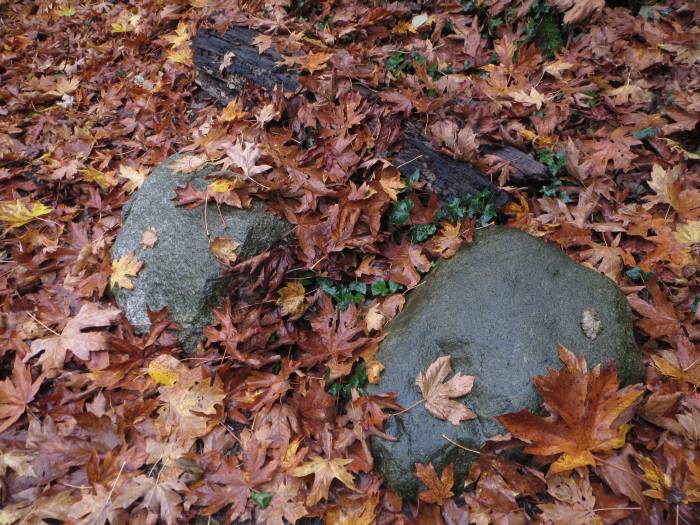As a long-time streamkeeper volunteer, I look forward to positive change on fisheries and environmental files under the new government. The following is what was in the Liberal platform in regard to “water.” It will take time for change to happen, but the stewardship community will be keeping a close eye on the implementation of these promises.
We will protect our freshwater and oceans.
Canada is uniquely blessed with an abundance of freshwater, and marine and coastal areas that are not only ecologically diverse, but also economically significant: our ocean-based industries contribute nearly $40 billion each year to the Canadian economy.
To protect these valuable natural resources, we will deliver more robust and credible environmental assessments for all projects that could impact our freshwater and oceans.
Freshwater
We will treat our freshwater as a precious resource that deserves protection and careful stewardship. We will work with other orders of government to protect Canada’s freshwater using education, geo-mapping, watershed protection, and investments in the best wastewater treatment technologies.
To protect our freshwater ecosystems, we will renew our commitment to protect the Great Lakes, the St. Lawrence River Basin, and the Lake Winnipeg Basin. We will also act on the recommendations of the Cohen Commission on restoring sockeye salmon stocks in the Fraser River.
To aid in making the best possible decisions, we will restore $1.5 million in annual federal funding for freshwater research – a program that was cut by the Conservatives – and make new investments in Canada’s world-leading IISD Experimental Lakes Area.
Oceans
Stephen Harper’s failure to meet our international commitments to protect marine and coastal areas puts these areas and our international reputation at risk.
We will make up for Conservative inaction and increase the amount of Canada’s marine and coastal areas that are protected – to five percent by 2017, and ten percent by 2020. To help achieve this, we will invest $8 million per year in community consultation and science.
We will also directly invest in ocean science. Stephen Harper cut $40 million from the federal ocean science and monitoring programs. We will restore that funding so that we can protect the health of our fish stocks, monitor contaminants and pollution in our oceans, and support responsible and sustainable aquaculture industries on our coasts.
We will use scientific evidence and the precautionary principle, and take into account climate change, when making decisions affecting fish stocks and ecosystem management.
And we will do a better job of co-managing our oceans, by working with the provinces, territories, Indigenous Peoples, and other stakeholders. Together, we will develop plans that make the best use of our marine resources and give coastal communities more say in managing the resources around them.
